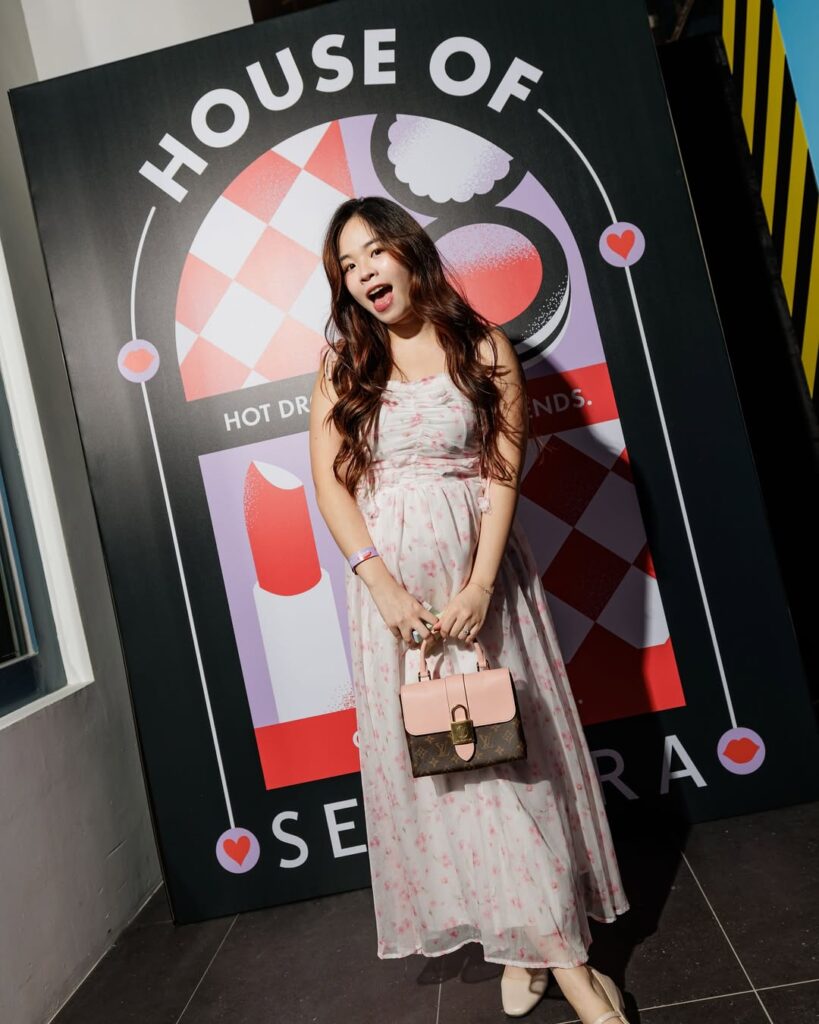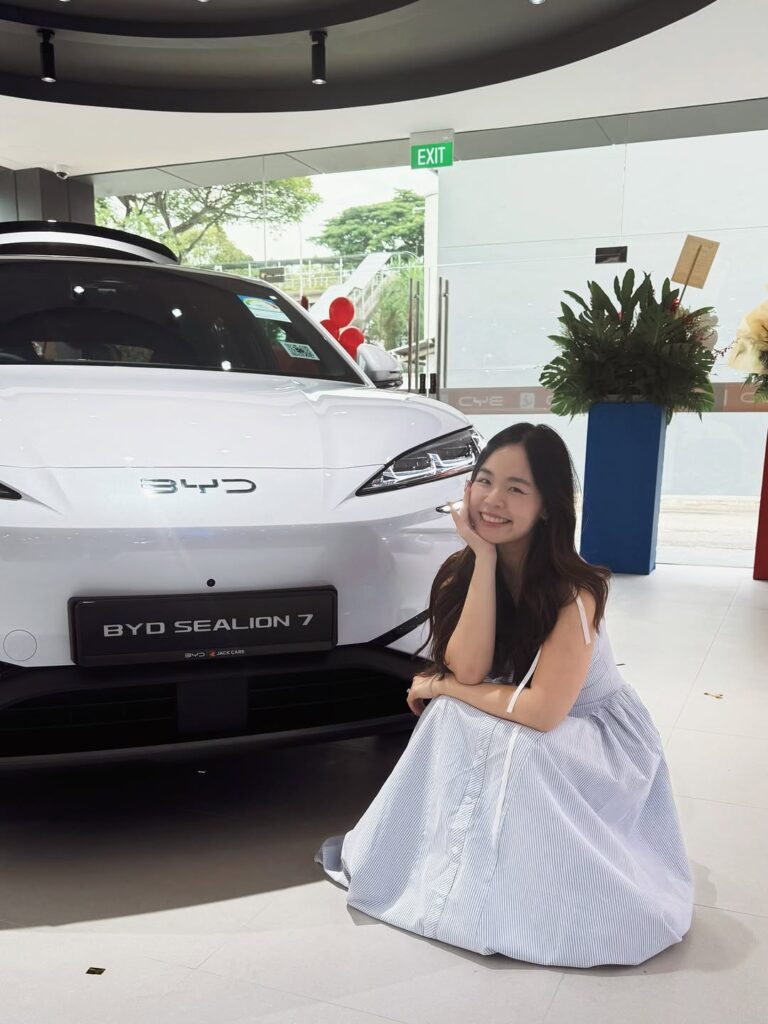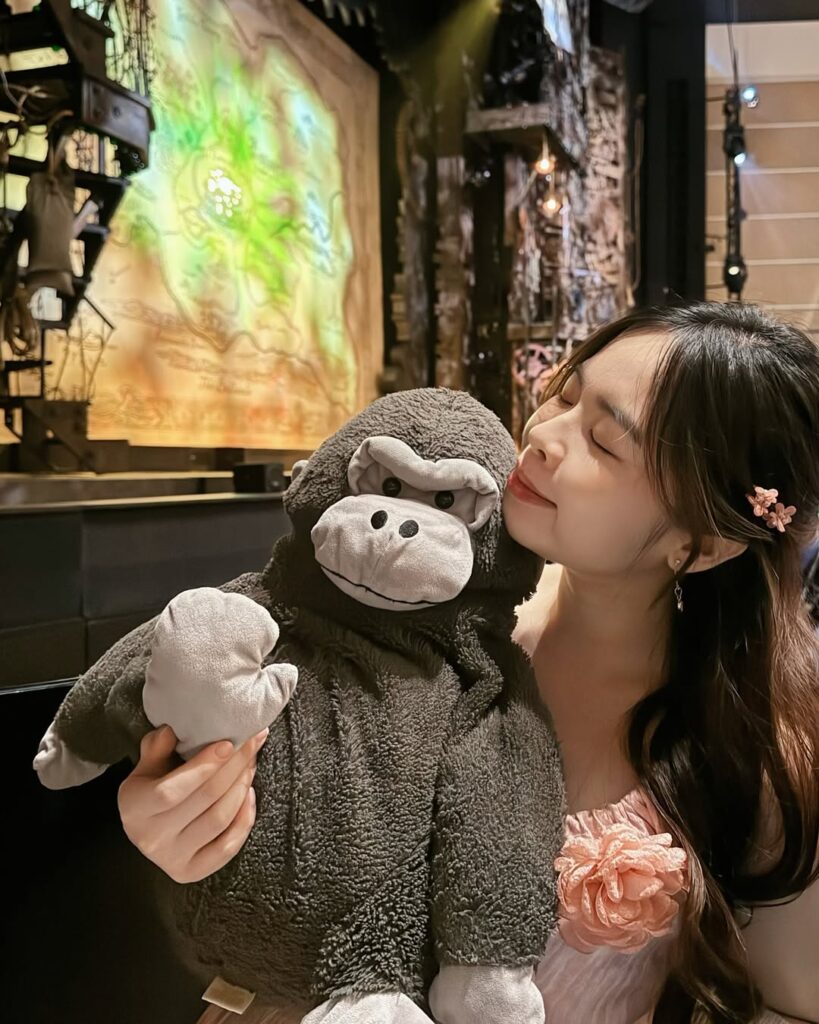Did you know that 73% of influencers have worked with brands that didn’t align with their values? I was definitely part of that statistic until I had my wake-up call. Picture this: me, three years ago, promoting a sketchy weight loss tea that made my stomach feel like it was hosting a rock concert. That’s when I realized I needed solid brand partnership selection criteria – and fast!
Choosing the right brand partnerships isn’t just about the money (though let’s be real, we all have bills to pay). It’s about protecting your audience’s trust and your own sanity. Today, I’m sharing the exact framework I use to evaluate every partnership opportunity that lands in my inbox.
My Brand Alignment Checklist

First things first – brand values alignment is non-negotiable. I learned this the hard way when I partnered with a company that claimed to be eco-friendly but was later exposed for greenwashing practices. Talk about embarrassing!
Here’s what I look for now:
- Does their mission statement match my personal values?
- Are they transparent about their business practices?
- Would I genuinely use this product even without payment?
I actually keep a little document on my phone with my core values listed out. Sounds nerdy, but it’s saved me from some really awkward situations. When a brand reaches out, I literally check their website against my list.
The Money Talk (Because We’re All Adults Here)
Let’s talk compensation structure because this is where things get tricky. I’ve made some rookie mistakes here – like accepting a “great exposure” deal that paid me in… well, exposure. Spoiler alert: exposure doesn’t pay rent.
My current approach involves evaluating several factors. First, I calculate my baseline rates using industry standards from Influencer Marketing Hub. Then I consider the brand’s budget, campaign complexity, and usage rights they’re requesting.
Pro tip: Always ask about exclusivity clauses upfront. I once got locked into a six-month exclusivity deal for peanuts because I didn’t read the fine print carefully enough. Learn from my mistakes, people!
Audience Fit: The Make-or-Break Factor
Here’s something that took me way too long to figure out – just because you love a product doesn’t mean your audience will care about it. I once spent weeks creating content for a luxury skincare brand, only to get crickets from my audience of college students and young professionals.
Now I analyze my audience demographics religiously. I look at age ranges, interests, spending habits, and engagement patterns. If there’s a mismatch between the brand’s target customer and my actual followers, it’s usually a no-go.
The Instagram analytics are your best friend here. I spend at least 30 minutes each month diving deep into this data, and it’s changed everything about how I approach partnerships.
Creative Control: My Non-Negotiables
This is where I put my foot down, and you should too. Some brands want to micromanage every single word in your caption, and honestly? That’s a red flag bigger than a football field.
I always negotiate for creative freedom within reasonable brand guidelines. My audience follows me for my voice and personality, not for reading a corporate script. The best partnerships happen when brands trust me to communicate their message authentically.
I learned this lesson when a brand sent me a 47-word caption that I had to post verbatim. The engagement was terrible, and it felt so weird and robotic. Never again!
The Gut Check Method
Sometimes all the spreadsheets and criteria in the world can’t replace good old-fashioned intuition. If something feels off during the initial conversations, it probably is.
I had a brand reach out last month with amazing terms, perfect audience fit, and great compensation. But their communication style was pushy and dismissive. I passed, and later heard horror stories from other creators who worked with them.
Trust your instincts. If the brand representative is rude or unrealistic during negotiations, imagine how they’ll be during the actual campaign. It’s just not worth the stress.
Making Smart Choices for Long-Term Success
Building a sustainable influencer career means being selective about partnerships. Every brand deal you accept becomes part of your digital footprint forever. I always ask myself: “Will I be proud of this collaboration in five years?”
Remember, you have more power than you think in these negotiations. Don’t be afraid to walk away from opportunities that don’t meet your standards. The right partnerships will come along, and they’ll be so much better than settling for mediocre deals.
Take these criteria and make them your own – every creator’s situation is different. Most importantly, stay true to your values and protect that relationship with your audience. It’s the most valuable thing you have! Want more insights on navigating the creator economy? Check out other posts here on Valery Teddybear where I share all my behind-the-scenes experiences and lessons learned.



Pingback: My Breastfeeding Reality: Why 75% of Moms Quit by 6 Months